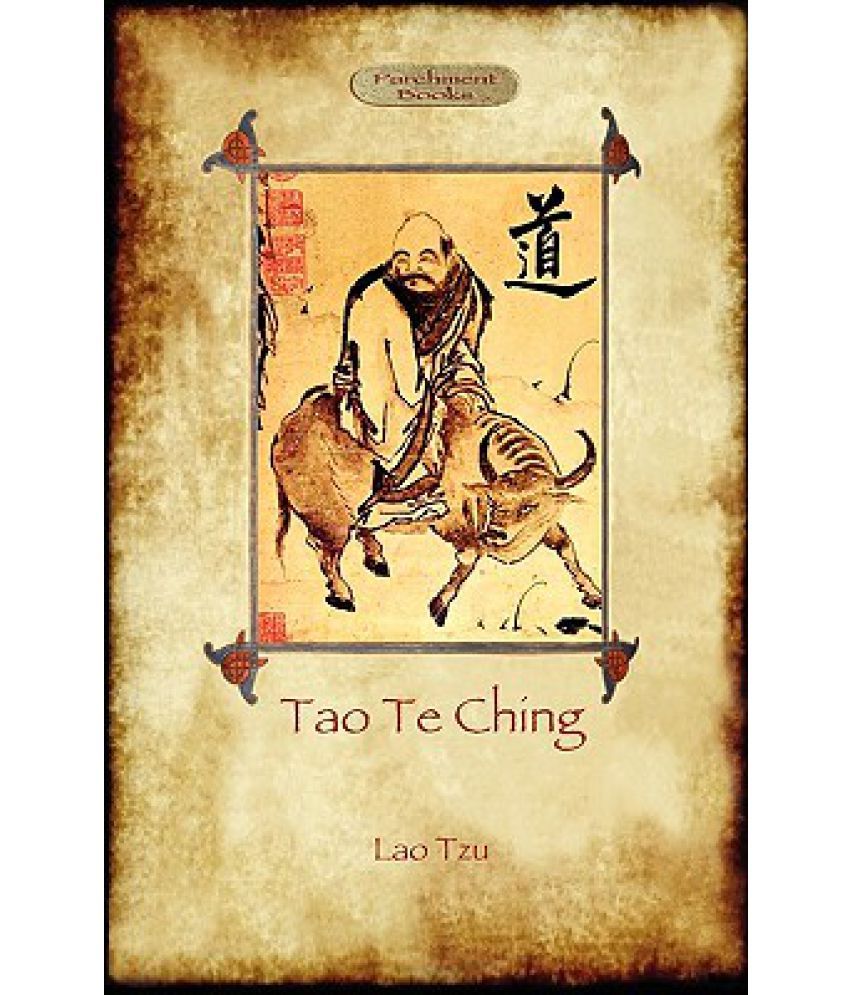
They are attributed to Héshàng Gōng and Legge included them, together with his English translation (except in two instances), at the beginning of each chapter commentary. The chapter headings are not part of the original texts. The appendix includes a list of Chinese and other individuals and works mentioned by Legge for ready reference.

For example, 道 (pinyin: dào) is shown by Legge as Tâo and we render it as Dào. We have rendered those names using pinyin romanization. The Legge translation uses his own romanization for Chinese names. For additional information on the received texts, including the late twentieth century discoveries at Mǎwángduī and Guōdiàn, the interested reader can consult the Lǎozǐ entry in the Stanford Encyclopedia of Philosophy. Legge discusses notable version differences in his comments. In his preface, Legge states that he consulted first the Héshàng Gōng version, then Wáng Bì's and third various other commentaries. However, we have punctuated the Chinese text, as much as feasible, to match the Legge translation. The section immediately following is from Chapter III of the same work's Introduction, pages 12 to 15.īefore each section of the English translation, we have added the corresponding text of the Dào Dé Jīng, in traditional Chinese characters, from the Wáng Bì commentaries. The following is a modernized, hyperlinked transcription of volume 39 of The Sacred Books of the East (1891), titled The Sacred Books of China: The Texts of Tâoism, translated by James Legge, in particular of the section named The Tâo Teh King, pages 47 to 124.


 0 kommentar(er)
0 kommentar(er)
